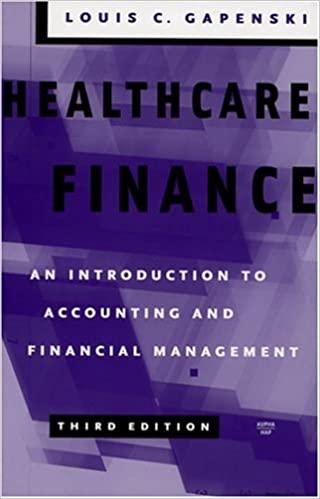I need part c and part D plz .. No handwritten plz

4. Supposing there are three players, each player is given a bag and asked to contribute in his own money with one of the three amount {$0, $3, $6}. A referee collects all the money from the three bags and then doubles the amount using additional money. Finally, each player share the whole money equally. For example, if both Players 1 and 2 put $0 and Player 3 puts $3, then the referee adds another $3 so that the total becomes $6. After that, each player will obtain $2 at the end. Every player want to maximise his profit, but he does not know the amount contributed from other players. (Hint: profit = money he obtained - money he contributed.] (a) Compute the profits of each player under all strategy combinations and make the payoff matrix for the three players. (Hint: you can create multiple payoff tables to demonstrate the strategy combinations. The referee is not a player and should not be in the payoff table.] [5 Marks) (b) Find the Nash equilibrium of this game. What are the profits at this equilibrium? Explain your reason clearly. [5 Marks] e) Whether the Nash equilibrium of this game provides the best strategy (Pareto op- timal solution) for all players if they can cooperate? Explain the relationship between Nash Equilibria and Pareto optimality in 3-5 sentences. [5 Marks) (d) Describe a real life example in which the cooperation should be the name of the game. [5 Marks] 4. Supposing there are three players, each player is given a bag and asked to contribute in his own money with one of the three amount {$0, $3, $6}. A referee collects all the money from the three bags and then doubles the amount using additional money. Finally, each player share the whole money equally. For example, if both Players 1 and 2 put $0 and Player 3 puts $3, then the referee adds another $3 so that the total becomes $6. After that, each player will obtain $2 at the end. Every player want to maximise his profit, but he does not know the amount contributed from other players. (Hint: profit = money he obtained - money he contributed.] (a) Compute the profits of each player under all strategy combinations and make the payoff matrix for the three players. (Hint: you can create multiple payoff tables to demonstrate the strategy combinations. The referee is not a player and should not be in the payoff table.] [5 Marks) (b) Find the Nash equilibrium of this game. What are the profits at this equilibrium? Explain your reason clearly. [5 Marks] e) Whether the Nash equilibrium of this game provides the best strategy (Pareto op- timal solution) for all players if they can cooperate? Explain the relationship between Nash Equilibria and Pareto optimality in 3-5 sentences. [5 Marks) (d) Describe a real life example in which the cooperation should be the name of the game. [5 Marks]







